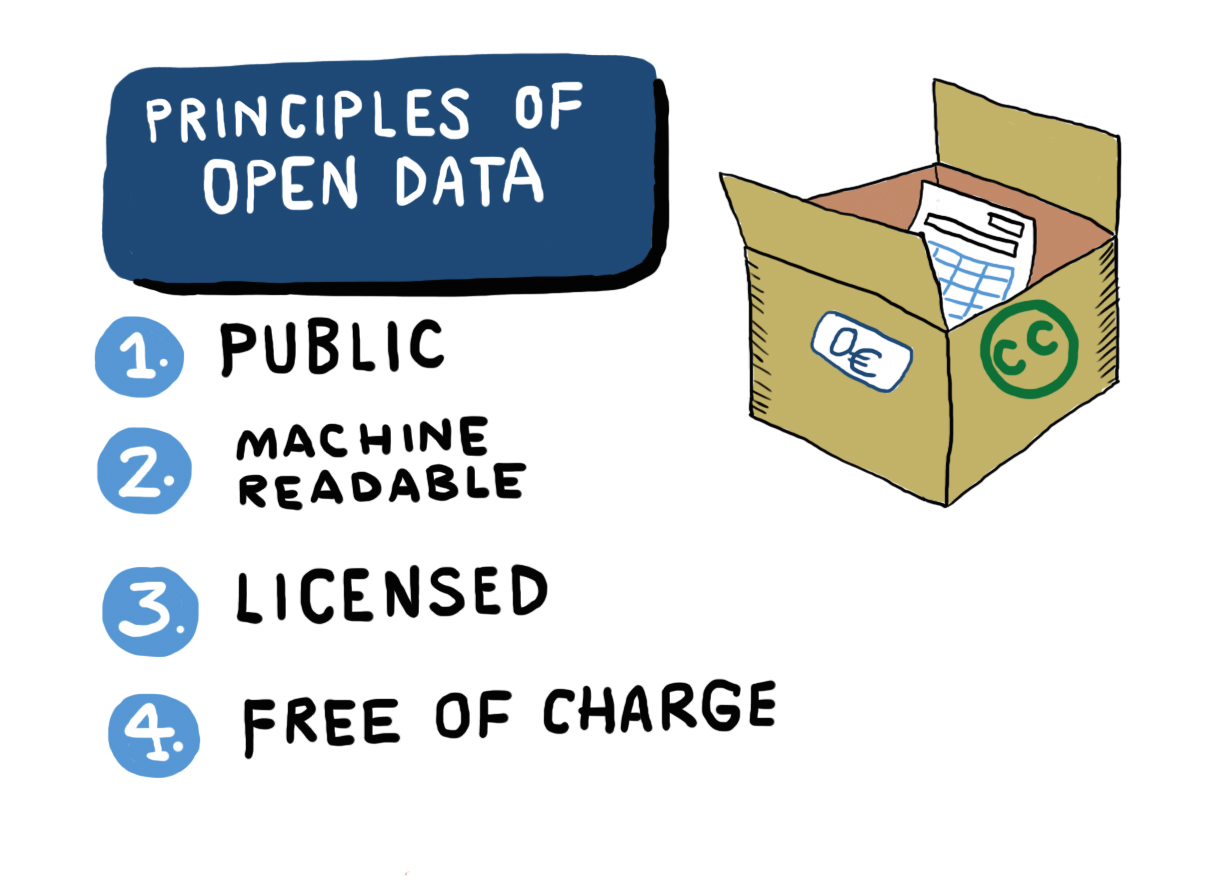What is open data?
Open data refers to public data, such as data produced or accumulated by or for public administrations, organisations or companies, that is made available in a structured format, free of charge and open to all. Data is digital raw material: statistics, financial data, maps, images, video recordings, 3D models, etc.
Open data is not the same as public data. Public data is accessible to everyone, i.e. people can read the data on a website or in the city registry, for example. Open public data, on the other hand, means that anyone can use the data for their own purposes on an equal way with the public administration.
Cities have a huge amount of information, for example on traffic noise, population forecasts, library records or restaurant terraces. When data is open, it can be used for much more than just the city’s own operations.
Principles of open data
Open data is public information in machine-readable form that can be accessed freely and free of charge by anyone, including for commercial use.

1. Publicity
The data must be public data in order to be opened. No one’s privacy or public safety must be compromised by opening the data. For example, the data must not contain personal data or trade secrets.
2. Machine readability
The data is opened in a format that is easy to use with the computer software. Information in PDF documents or HTML pages is easy for humans to read, but difficult to use with software. Formats such as CSV, XLS, XML and various APIs to the data source are suitable for machine viewing and use of data.
3. Licence conditions allowing re-use
More information
Open Knowledge Foundation definition of open data
The data administrator allows freely to re-use the opened data, including for commercial use. This is stated in the terms of use, or licence, found in the description of the opened data. In the absence of terms of use, it can often be so burdensome to find out who has the right to use the data that it is abandoned.
4. Free of charge
Open data can be used free of charge. Free of charge makes it particularly easy to get first contact with the data. It allows experimentation with data exploitation without budgetary bureaucracy.
Clarity and discoverability
In addition to the four criteria listed above, the structure and meaning of the data must be described in a way that users can understand. The descriptive data, metadata, helps the user to correctly perceive and interpret the content of the data.
It is also important that open data can be easily found on the public web. The discoverability of data is improved when it is described in public data catalogues. Data opened by the cities in the Helsinki Metropolitan Area will be published in the HRI data catalogue.
Tim Berners-Lee: The next web at TED2009.
